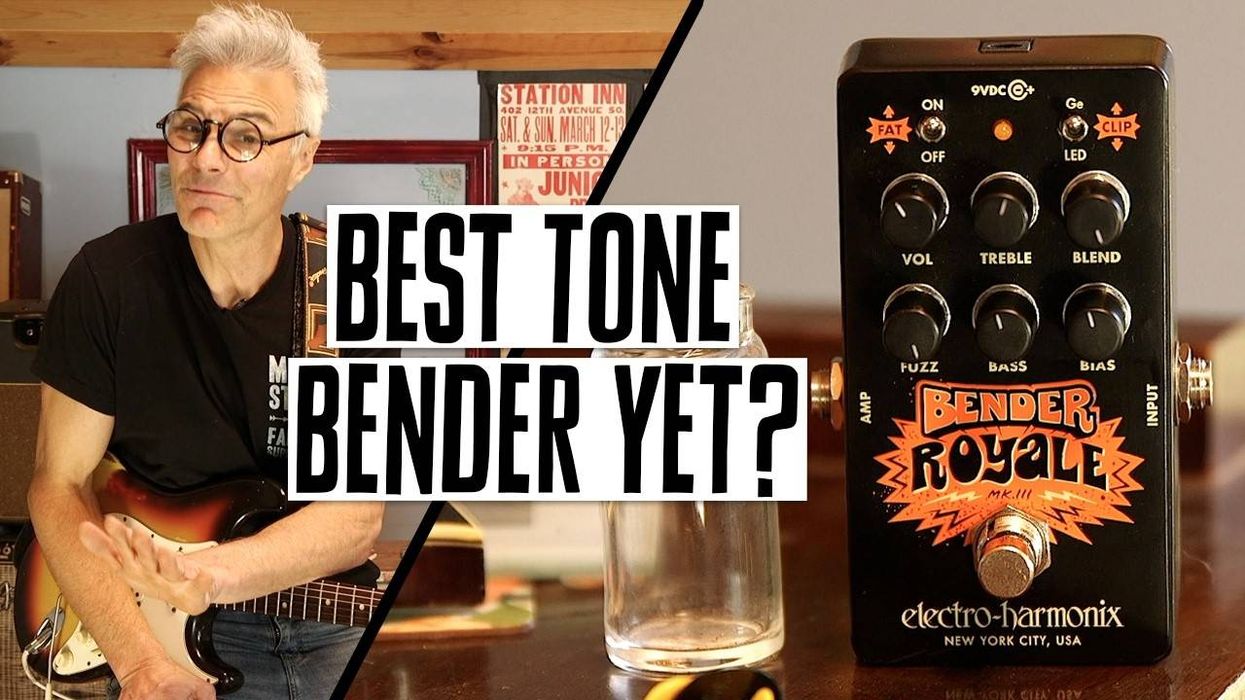PG's Joe Coffey is On Location in Houston, TX, where he visits the Diamond/Blankenship factory. In this video segment, we get an exclusive look at Roy Blankenship's workshop where he does all the hand-wiring for his Blankenship amps. We get to check out all his tools, some vintage amps he's collected over the years doing repairs, old-school tubes and we even get to see Roy 'populate a board.'
Blankenship Amps - Roy Blankenship's Workshop
PG's Joe Coffey is On Location in Houston, TX, where he visits the Diamond/Blankenship factory. In this video segment, we get an exclusive look at Roy Blankenship's workshop where he does all the hand-wiring for his Blankenship amps. We get to check out all his tools, some vintage amps he's collected over the years doing repairs, old-school tubes and we even get to see Roy 'populate a board.'
By PremierGuitar DefaultJun 08, 2009














